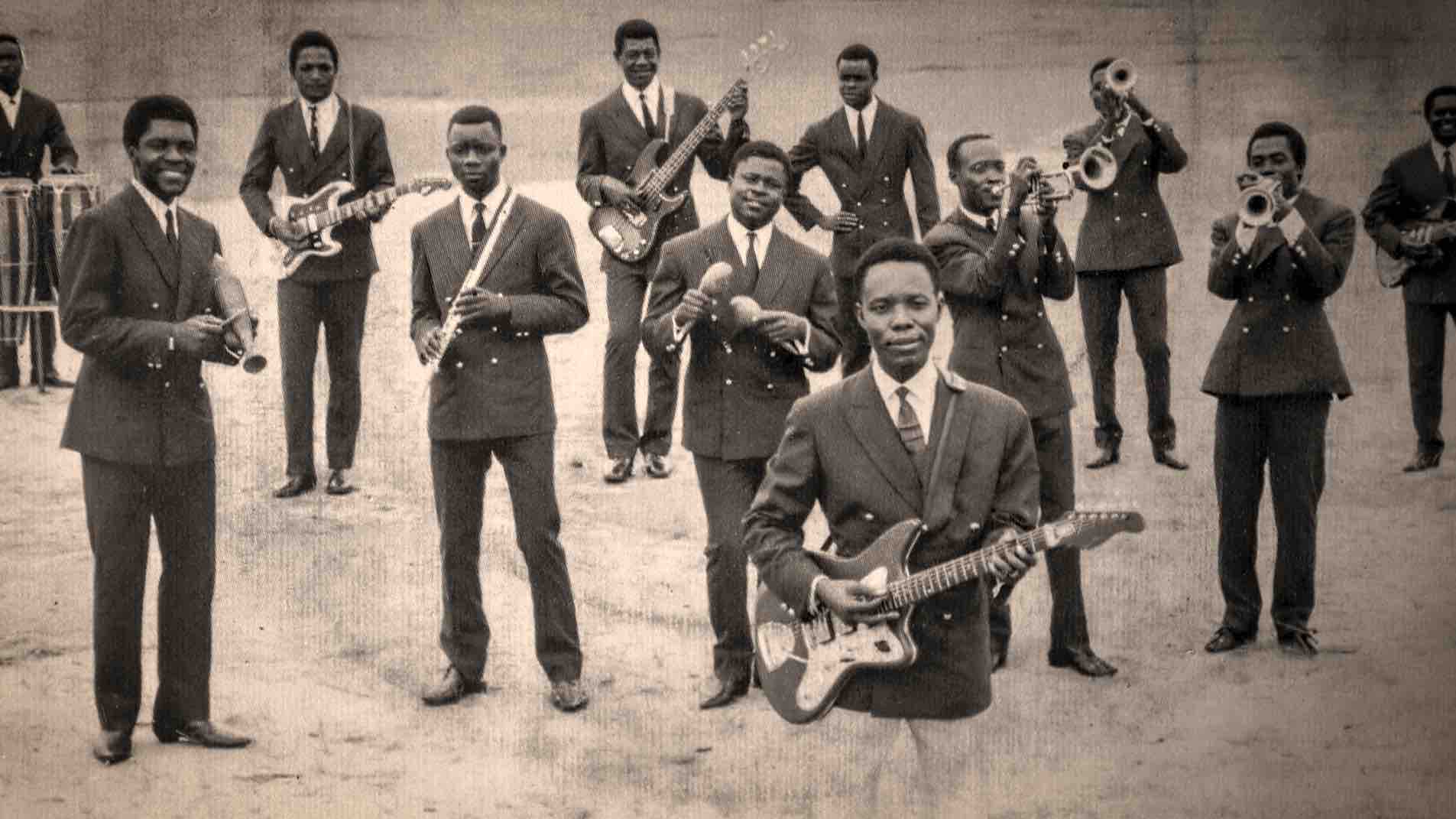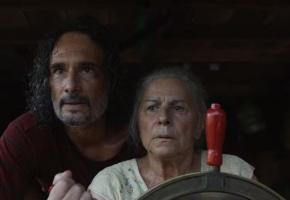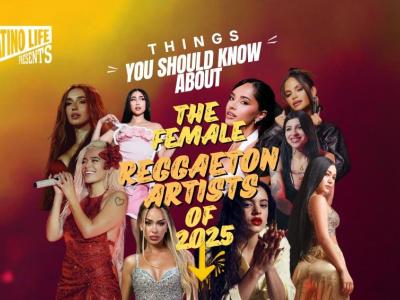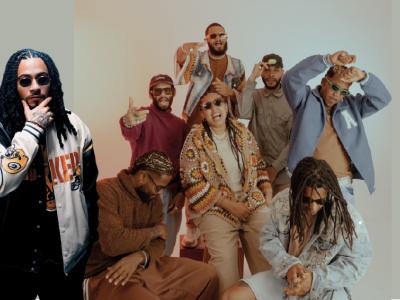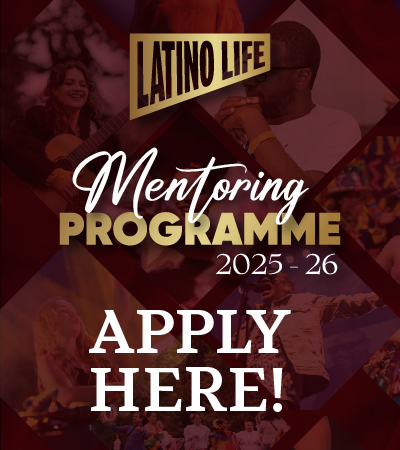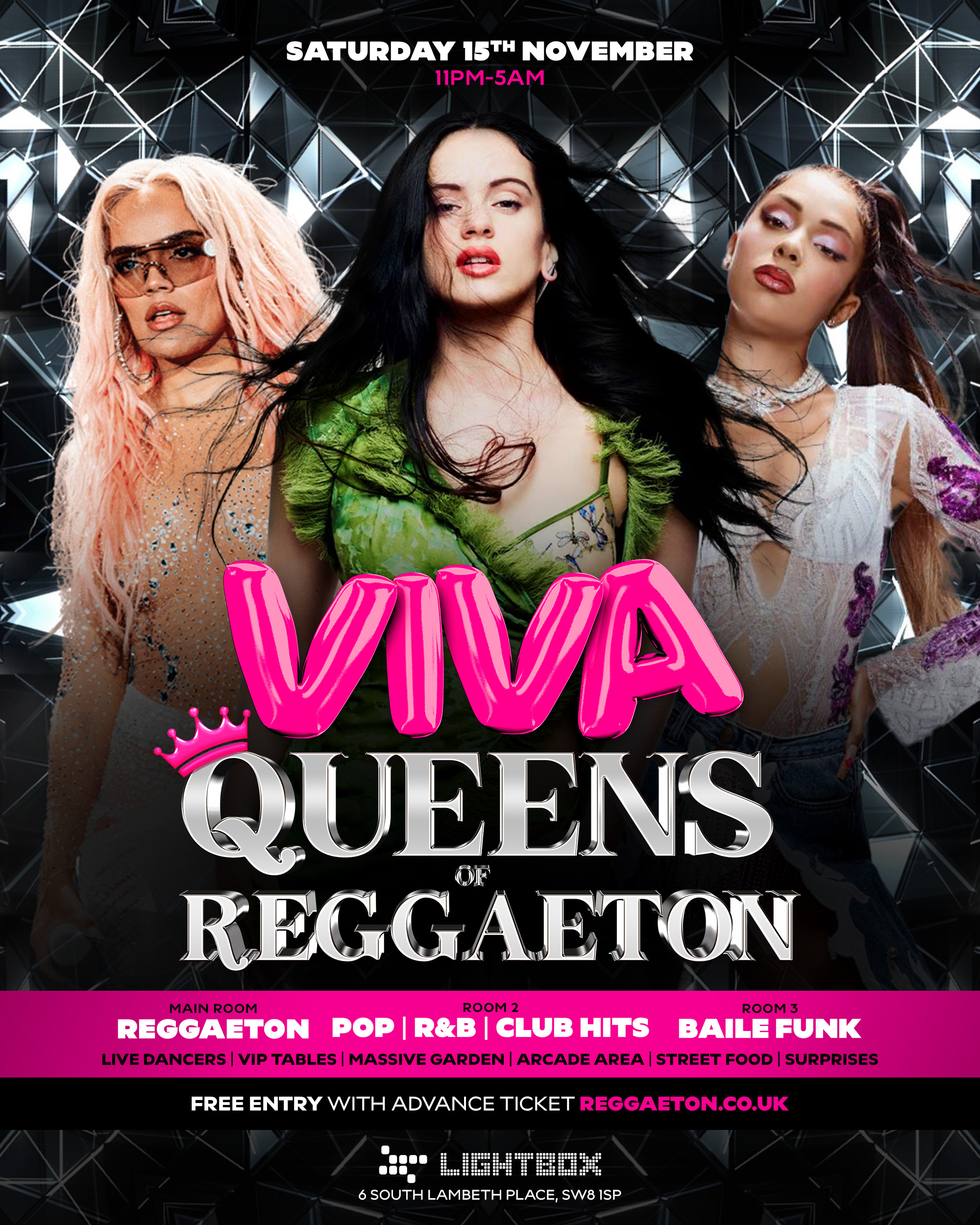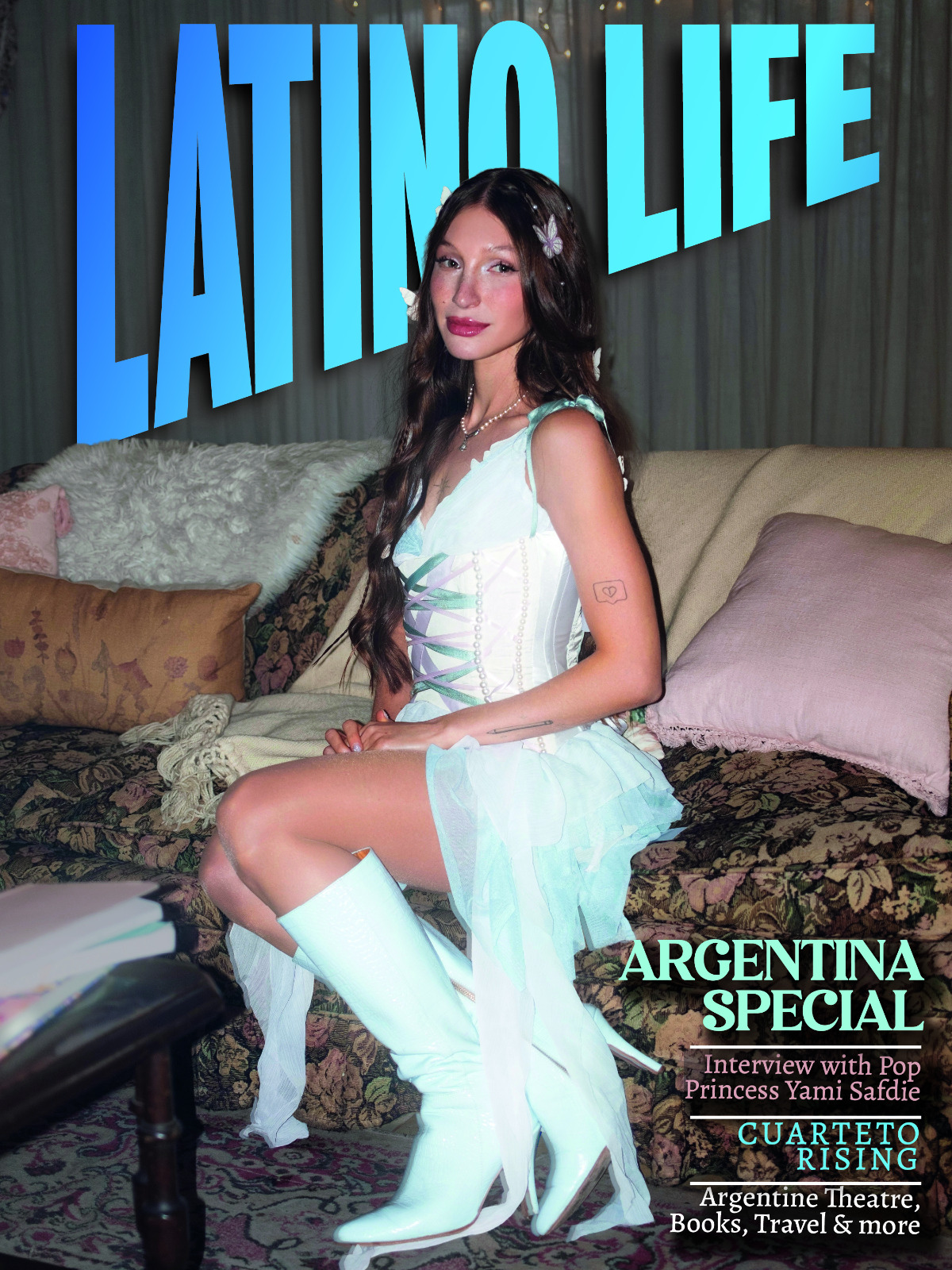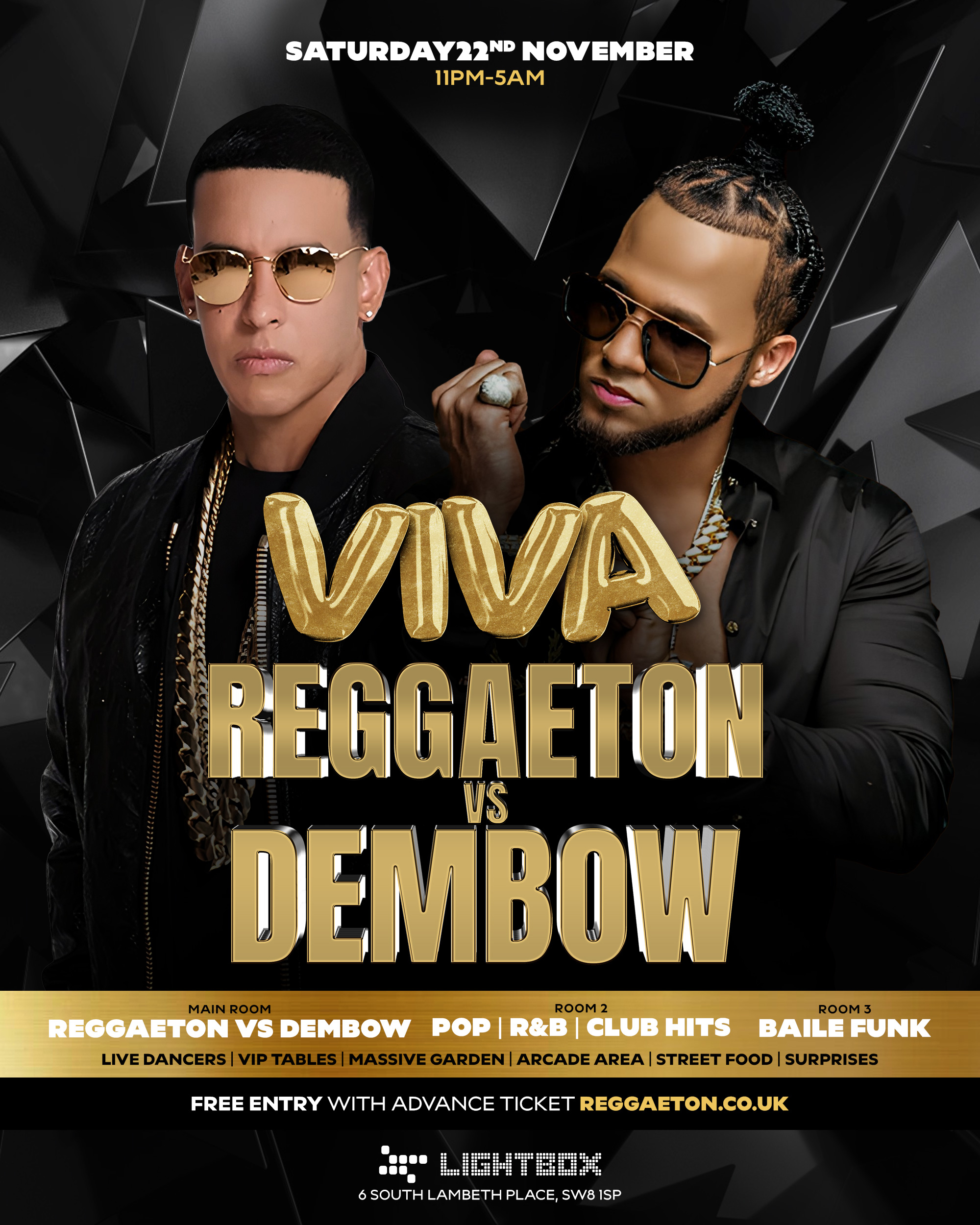Alan Brain grew up in the late 1970s in Lima, soaking up the 'golden era' of Latin music. “The likes of Héctor Lavoe, El Gran Combo, Ruben Blades, Fania All Stars, Ismael Miranda, Willy Colón, Fruko y sus Tesos, Oscar D’León were “the soundtrack of my childhood,” Brain says. “And my parents loved the Cuban legends Benny Moré and La Sonora Matancera. So that Latin and AfroCuban music element was very present in my life.”
This was the time when Fania AllStars made their famous 1974 trip to the Congo (then-named Zaire) for its legendary concert. Decades later, in 2008, Brain was recruited by the UN to work in the Democratic Republic of Congo (DRC), after years working in television and film as a cinematographer.
“I had to wait until I was in the Congo and I was 40 years old to listen to a song by Franco Luambo and the OK Jazz. I had never heard of them, even though in the late seventies, OK Jazz was a continental success in Africa.”
By that time Cuban music had become a powerful influence on Congolese music, as it had had on Latin America, which Alan characterises as a coming home of originally African music in the form of Cuban Son. Alan's Latin background and love of its Afro-Latin made musical communication instant:
“When I met these Congolese music legends in Kinshasa they were so happy that I knew these songs and we could sing them together. Kuka Mathieu knew the famous Celia Cruz song "El Yerberito Moderno" (The little modern Herb Seller) but he had been singing it for years making his own lyrics. He was really happy when I told him about the meaning of the real lyrics.
Brain’s first feature film The Rumba Kings tells the story of the first phase of development of Congolese rumba, which quickly became hugely influential across Africa during the period of decolonisation in the 1960s. This music lives on having evolved through at least two more generations to present-day Ndombolo.
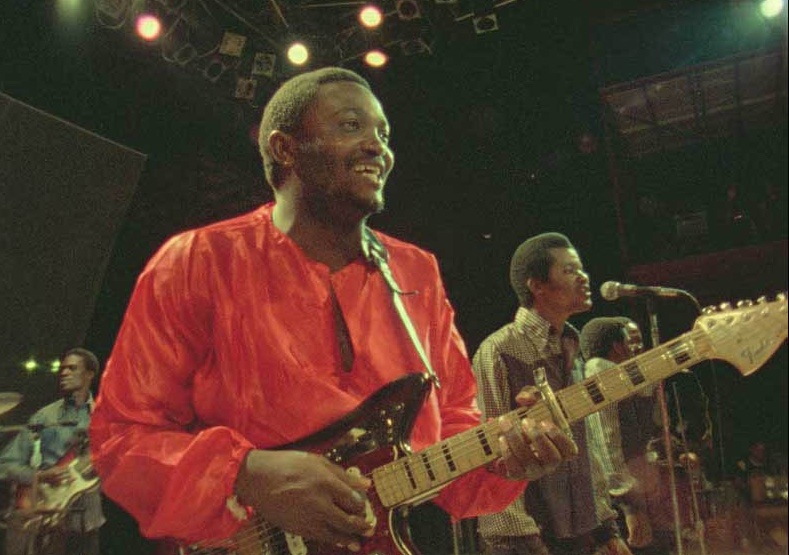 Franco and his OK Jazz Orchestra in 1974
Franco and his OK Jazz Orchestra in 1974
LatinoLife: Why was Cuban music so influential in the Congo?
Alan Brain: There are hundreds of ethnic musics in Congo, plus Highlife and Palm-Wine music from countries like Ghana, which all influenced Congolese rumba. Then there were the French crooners like Tino Rossi and Patrice & Mario with their very high-pitched voices. But Cuban music was so important for a very specific reason – there was a record label called GV (Gramophone Victor), that decided to make a collection of 78 rpm discs – hundreds of them in the end – and they targeted Africa, not just Congo but other countries too. GV #1 is The Peanut Vendor – it is Cuban Son, which has African roots.
A lot of Africans were kidnapped from the area of Congo and Angola and taken to the Americas as slaves. They arrived with nothing, but they had this music in their heads, so it was as if African music in the form of Cuban Son was returning, and the Congolese people heard it in their hearts and fell in love with it. They sang the Spanish words without knowing what they meant, and even in 2013 there were a lot of Congolese singers who did not know the meanings, but they tried to make it into something they knew – so mani in Spanish is peanuts, but it sounded to them like ‘Marie’ a woman’s name. That shows the connection with the rhythm and melody was so deep that the words didn’t matter, and they were cool about singing it with invented words. That was how GV was important, and they even made up their own name for it: Grandes Vocalistes (Great Singers).
Another big connection is that Benny Moré, the greatest sonero of all time, probably the most recognized and beloved Cuban singer and Arsenio Rodriguez, the musician that planted the musical seeds that the salsa movement in New York would develop in the late 60s, both have clear Congolese roots!! Benny More's grandfather was called Ta Gundo and was a very important member of the Congolese community in Cuba. So much so that Ta Gundo was the first president of the Cabildo de Los Congos, a sort of temple for people of Congo origin in Cuba, and this is the place where Benny Moré, at a very early age, came in contact with music! Arsenio Rodriguez said all the time that he was from Congo. He even has a song called "Yo Nací del Africa" where he says "I'm not Rodriguez, I'm not Gonzales (Spanish last names), Maybe I'm Lumumba, Maybe I'm Kasavubu, I was born in Africa. You are my land, my beautiful land, I’m from Congo". Arsenio composed one of the first songs that openly talked about the suffering of being enslaved. That song is called "Bruca Manigua" and it was made famous by Buenavista Social Club Ibrahim Ferrer, and in that song Arsenio uses some words that have a Bantu (Congo) origin. To some extent, Arsenio is one of the musicians that popularized the Congolese tumbadora drum in Cuban music, an instrument that clearly was inspired by the Congolese traditional drums in which Arsenio was an expert.
LL: And the link to Latin Music in general?
AB: Yes, another link is the deep memory that the Fania All Stars orchestra left in 1974, when they played for the concert before the Ali-Foreman Rumble in the Jungle boxing match. The Congolese had fallen in love with Cuban music starting in the 1940s, through those GV records, but all that was nothing compared to seeing the Fania All Star playing live in that concert in 1974. The energy of Pacheco, Barreto, Lavoe, Miranda, Feliciano, Celia Cruz and the other geniuses was so big that the performance remained as something unrivaled. The evidence of this is that Papa Wemba, one of the mega stars of Congolese Rumba, decided to call his band "Viva La Música" because he was at that 1974 concert and he heard Johnny Pacheco from the Fania scream that several times in that performance!
LL: Brazilian music came with the sailors on boats to Cabo Verde.
AB: Yes, in an earlier period that happened in Congo too, with Palm Wine and Highlife music, but not with Cuban music which came with the records and through the local radio.
This is not in the film, but Charlotte Grabli did her PhD on this, and she quotes a speech made by the colonial government, when they started broadcasting in Leopoldville (Kinshasa today) saying to the Congolese something like “you used to communicate through drums – well, now we bring you the biggest drum, the radio, and everybody will hear it”!
The colonial authorities mainly saw the radio as a tool to control the population. That is why they put loudspeakers that were broadcasting the radio in the streets – but the radio ended up being a source of joy because it also broadcasted lots of music!
LL: Spanish influences are present even in countries whose official language is French – Salsa lessons and concerts are popular in Benin, Manu Dibango sang some songs in Spanish…
AB: I think they loved the sound of it and it was cool to sing in Spanish, but Lingala, the main language in both Congos, sounds like Spanish because it uses open vowels, so words that mean different things in the two languages still sound the same. When the film was shown at the Seattle Latino Film Festival it was a great success because it connects with the Latino spirit. When I go to Peru, you immediately feel the warmth in 20 minutes as if it’s a big family, and that’s very Latino, but Congo is a step further: it happens in 5 minutes!
The people who interviewed me in Seattle were both Latino, and my wife said after only five minutes it sounded like a party!
LL: Other African countries such as Ghana and Cabo Verde have preserved recordings and archive material from as far back as the 1930s – what went wrong in Congo?
AB: When the most important orchestras of Congolese rumba were born, African Jazz in 1953 and OK Jazz in 1956, Leopoldville (the capital of the Belgian Congo at that time) was already a musical city. There were many bars and orchestras. The colonial administration sort of ignored this, probably, because in 1956, the political movement for independence had also started (with the famous document Manifeste de Conscience Africaine).
We have a lot of archive footage about the birth and development of this political movement, but not of OK Jazz or the African Jazz orchestras. The colonial administration made many films portraying the different ethnic groups of Congo and some of their traditions, and some films about Leopoldville where we see the bars and the dancing. The earliest footage we have from any of those two bands is from January 1960 when African Jazz played in Brussels for the negotiations of Congo's independence, which is in the film.
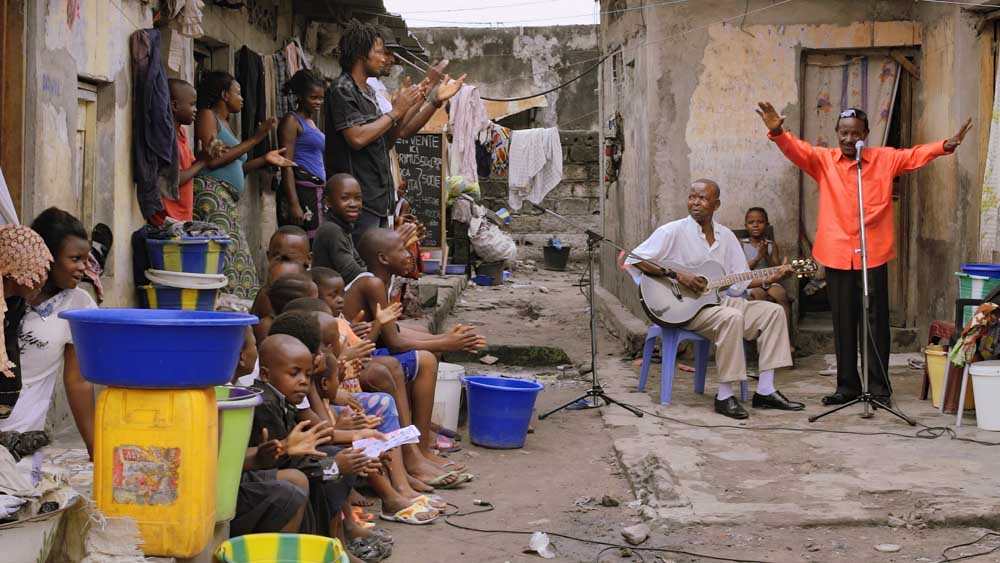
LL: 25 years as a cinematographer, and making short films why so long to make a feature?
AB: I really don’t know, I will try to improvise an answer – I wanted to be a sound engineer – my father said the nearest place to study that is Mexico and we can’t afford to send you there, but he found a place where I could study cinema and music.
Then I got a job in TV as a video editor, gave up my studies and never looked back, I did prime time journalist shows, fiction and soap opera, and began film editing for the most respected journalist in Peru, César Hildebrandt, and for Luis Llosa, one of the few Peruvian directors who worked in Hollywood. Then I went to East Timor as a UN volunteer and years later The Congo (DRC). I began to think that, at age 40, after all this experience, I should be able to do something more, but at the time I didn’t have anything I really believed in enough to do a full documentary. When I discovered Congolese rumba, I just knew I have to do this, it took hold of my destiny. The fact that I am Latino and my love of Cuban music allowed me to walk into their lives, because we connected, and that is how I was able to make the film.
LL: You had a rock band in Kinshasa – what was it like to do that as a non-African, who did you play with, who was your audience?
AB: I love to sing, but I’m not a professional musician, I partnered with a friend from Kosovo, another Peruvian, and several Congolese musicians, some of whom are famous now. We called ourselves The Wild Bunch, and played in a few tourist bars in Kinshasa, to mixed audiences of ex-pats and some Congolese. They wanted to listen more to Rumba or nowadays Ndombolo, so we transformed the band into a full-blown salsa orchestra with more than 13 members, all of them Congolese and me in vocals. We had been playing covers of Cream, Neil Young, Crosby Stills and Nash which you can groove to, but it isn’t really dance music, and we always ended our sets with a guajira version of the song Hasta Siempre Comandante about Che Guevara, and people were dancing like crazy. So, we decided to use our Latino roots and the Spanish language to do proper dance music. On one of my trips to Lima I brought back these huge Tito Puente-type timbales drums, and a lot of musical scores for famous Salsa songs by people like Oscar D’León, El Gran Combo, Héctor Lavoe, Ruben Blades, Fruko, Buenavista Social Club. The band was called "Mundele Et Son Tumbako" (The Foreigner and his Tobacco). The name was a kind of personal homage to those Salsa bands which often had names like Hector and his Combo for example.
It was like a party, the people were super-happy because that music was much closer to them than Rock. Rehearsals could be chaotic, with people arriving late, somebody else on the phone, didn’t learn the song… but after 20 minutes we were all smiling and dancing.
I never expected to be in a rock band, and I would give any day of my life now to be on stage again. It’s such a huge joy to be on stage if everybody is grooving.
One of the singers in the band introduced me to Congolese Rumba with a CD of songs from African Jazz, Franco and his OK Jazz and Dr. Nico. And I fell in love with that music. The music in that CD was so close to the music of my childhood, it resonated with me immediately. It was Latino music with an extra dose of joy, if that is even possible to imagine!! And to top it off, this music had a prominent electric guitar that was bringing the heat all the time to make you dance, very different from the guitar of genius Carlos Santana which is still like a Western guitar solo. Instead, it was really close to the electric guitar of the Cumbia from the Amazon region of Peru, and close to the electric guitar of Peruvian chicha music. So, it seemed as if the Congolese had taken the sound of the Cuban Tres guitar, and had tried to replicate that melodic sound on the electric guitar, and to that they added more power, by getting sonic inspiration in the clear notes and looping musical structure coming from their own Mbira or Likembe (thumb piano). So, at the end some people could say that the electric guitar in Congolese rumba plays the role of a sort of Cuban Tumbao piano.
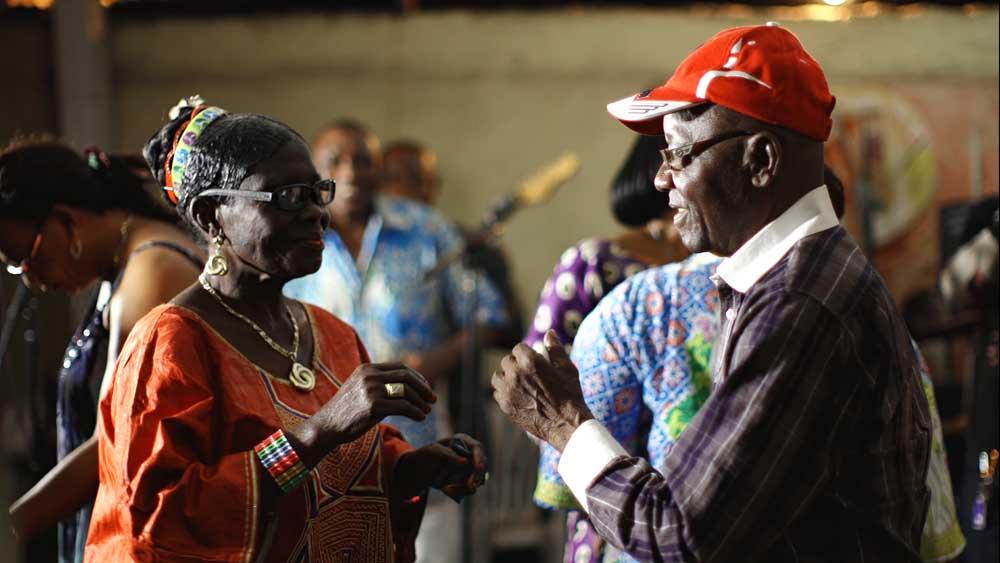 Weando Bombenga dancing with a friend
Weando Bombenga dancing with a friend
LL: There was a band called Zaiko Langa Langa in the 70s who did take on rock music, can you say a bit about that?
AB: The music in the film is the first version of modern Congolese Rumba which I consider is the main Rumba, like what was made by African Jazz and OK Jazz. Zaiko Langa Langa brought western influences and also speeded it up, so they are playing 2 or 3 times faster than the music in the film. Their music leader was guitarist Pepe Felly Manuaku and he is in the film and it’s more immediate. Zaiko Langa Langa’s playing style is like a very talented perpetual jamming session, they were the next generation, and now there is another called Ndombolo, which is even faster. It’s a line of evolution, as if it goes from Sam Cook and Otis Redding to Hip-Hop, or from The Fania All Stars to Reggaeton.
LL: I understood that the film was based on Gary Stewart’s book Rumba on the River which covers a wider period.
AB: I'm a personal friend of Gary, his book is extremely important for Congolese rumba, and it inspired me to make this film, because it showed me how interesting the stories and the universe of Congolese rumba are. But the film is not based on Gary's book. His narrative starts around the 1920 - 1930s through till the mid-90s. A film based on that would need to be at least 6 hours long.
This film portrays new research by myself, and other researchers such as Manda Tchebwa, Yoshiki Fukusawa and Jean Pierre Nimy, that is not included in Gary's book because it simply did not exist then. The film has a new socio-political narrative about the core of the creation and evolution of Congolese rumba, and how this music played a seminal role in the path towards Congo's independence and cultural emancipation.
LL: The Congolese scholar Manda Tchebwa was important to the making of the film. Tell us more about that.
His contribution was enormous – he delivers the core of the narrative and also provides its incredible energy. He is a very talented storyteller, and he communicates the energy of Rumba when he speaks, it’s priceless, he almost is the film.
LL: You are now making a documentary on Afro-Peruvian life. Can you tell us more about that?
We are trying to tackle two things – one is the invisible racism in Peru against this community, and the other, paradoxically is the great role that Afro-Peruvian cultural artefacts have in Peruvian society. We want Afro-Peruvian culture to finally have the recognition it deserves.
The Spanish colonizers brought many Africans to Peru as slaves, so much so that in the 1600s half the population of Lima was African or of African origin. Now there are very few.
A key figure in this story is Nicomedes Santa-Cruz, a Peruvian poet, musician and researcher, who did a lot to rescue Afro-Peruvian culture. But while The Rumba Kings is a traditional documentary, I want this film to be different.
The Rumba Kings screens in the UK this week:
- November 3, 2021 - London, UK - Doc'n Roll Festival (UK Premiere) - PHYSICAL
- November 10, 2021 - Cardiff, Wales - Doc'n Roll Festival (Welsh Premiere) - PHYSICAL
- November 13, 2021 - Brighton, UK - Cinecity Brighton Film Festival - PHYSICAL


